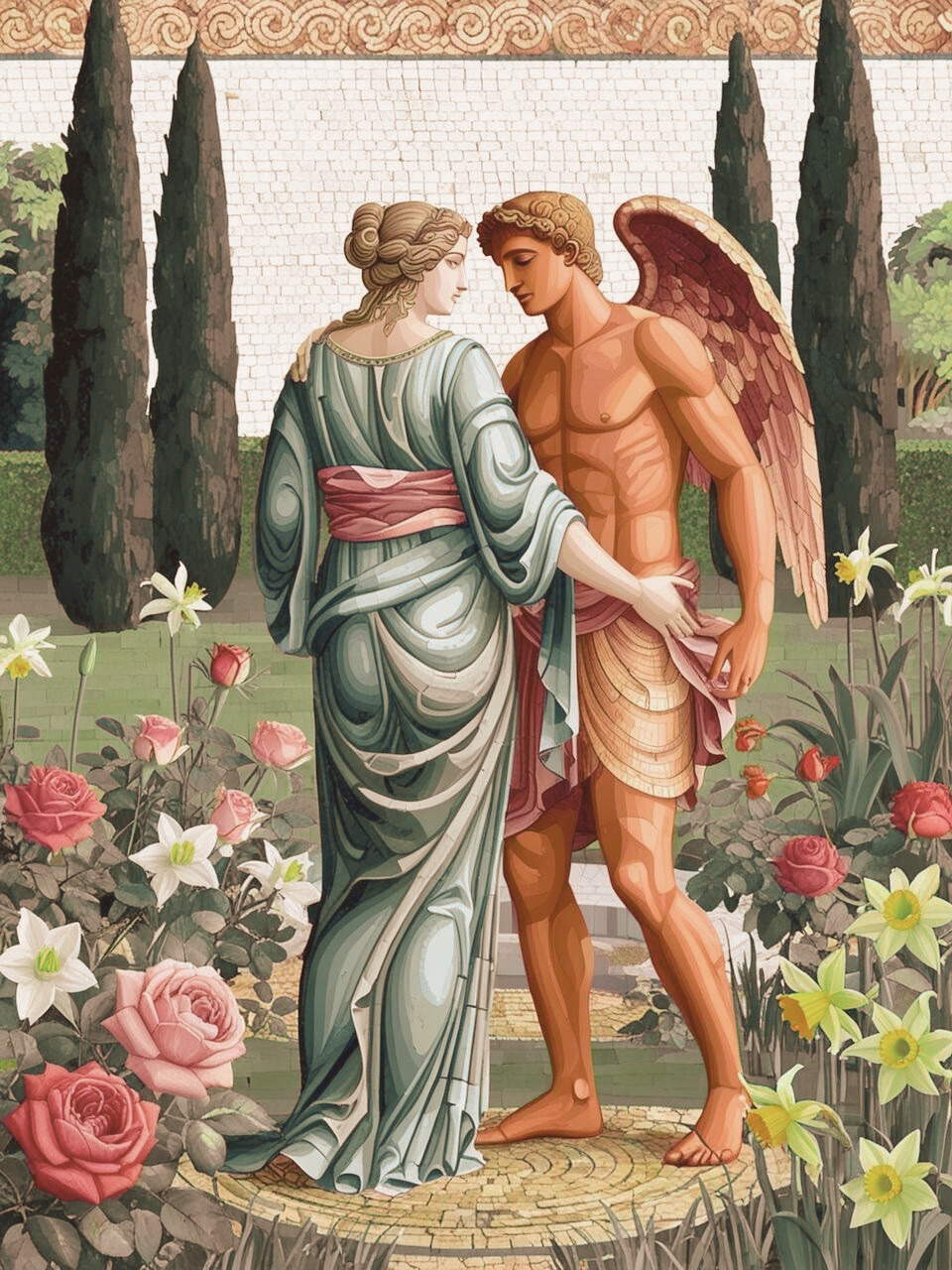
What Flowers Meant in Medieval Art
In medieval art, flowers weren’t just pretty decorations—they carried a ton of symbolism. Artists used them to express spiritual, moral, and cultural ideas, weaving deeper messages into everything from manuscripts to stained glass windows.
The Rose
The rose was a big deal in medieval art. It stood for love, beauty, and, above all, the Virgin Mary. Red roses symbolized Christ’s sacrifice and passion, while white ones represented innocence and purity. Roses often showed up in religious art, especially in depictions of Mary or heavenly paradise.
The Lily
The lily—particularly the white Madonna lily—was a go-to symbol for purity and divine grace. You’ll often spot it in Annunciation scenes, where the Archangel Gabriel presents the Virgin Mary with a lily to represent her immaculate conception and divine role.
The Daisy
Daisies were all about innocence, simplicity, and loyalty. They were often included in art featuring children or peaceful, pastoral settings, representing a pure heart and mind.
The Iris
The iris, which looks a lot like the fleur-de-lis, had ties to royalty and symbolized faith, wisdom, and courage. It was also connected to the Virgin Mary’s sorrows, with its sharp, blade-like leaves representing the prophecy of her heart being pierced by grief.
The Poppy
Poppies, with their bright red color, symbolized death, sacrifice, and eternal rest. You’d often find them in funeral imagery or as a reminder of Christ’s ultimate sacrifice.
A Visual Language
Medieval artists used flowers like a visual code, packing their work with moral lessons and religious messages. These floral symbols added layers of meaning to their art, creating pieces that were not only stunning but also deeply spiritual—and they still inspire us today.
